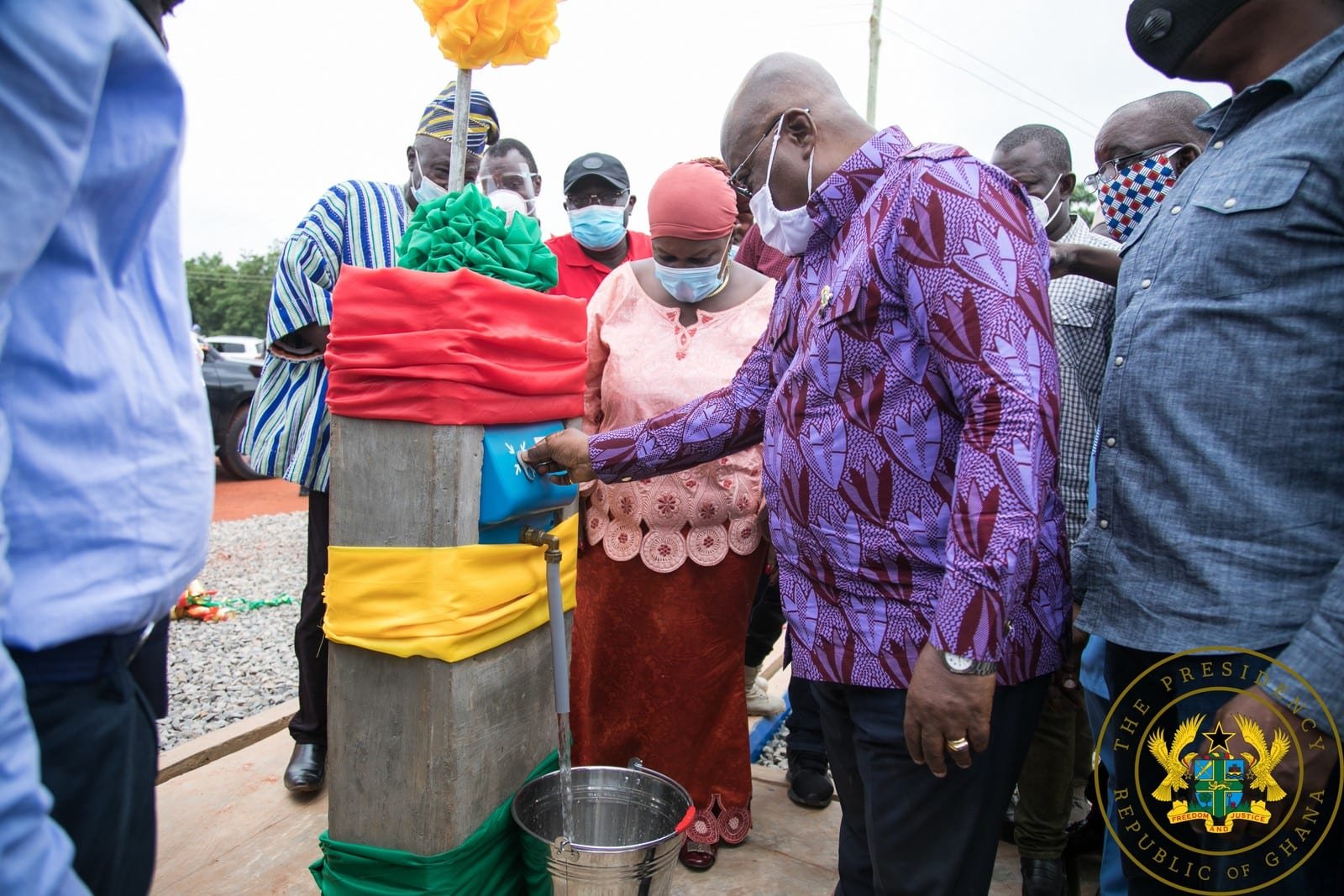The Ghana Statistical Service (GSS) has extended the deadline for the 2021 Population and Housing Census to Sunday, July 18.
The exercise which started on Monday, June 28, and was expected to end yesterday, July 11, has been extended to allow enumerators complete work in the outstanding enumeration areas.
This was made known at a press briefing held at the GSS Headquarters on Sunday. Government Statistician, Prof. Kwabena Annim who announced the seven-day extension said “data on 80% of the expected households has been received as at the 12th day of enumeration.”
He said the North East Region had the highest data of 97 per cent enumeration, while the Greater Accra Region was the lowest with 55 per cent.
“To put these figures in context, the numbers are based on the data that has been transmitted electronically to the Headquarters. In some areas, enumerators are unable to transmit their data due to the poor or absence of Internet connectivity,” the Professor said.
Out of the 272 statistical districts, the Government Statistician said 181 were on course to complete the data collection as at yesterday, Sunday July 11, 2021.
“Currently, the completion rates in some districts based on the data received by the 12th day indicate that the enumeration will have to continue. He said.
“These include Ga West, Ga North, Ayawaso West Municipal, Adentan Municipal, Ga East, Ledzokuku, La Nkwantanang-Madina, Kpone Katamanso, Shai Osudoku and Tema West,” Government Statistician, Prof. Annim said.
Meanwhile, he indicated that “field closure activities have begun in Supervisory Areas where work has been completed.”
“GSS wishes to assure members of the public who are yet to be counted that no one will be left behind. Members of the public who are unwilling to be enumerated [should] cooperate with enumerators.
“For members who are yet to be counted, please make yourselves available by using the callback card or informing your neighbors when you will be available,” Prof. Annim appealed.
The 2021 PHC is seeking to gather information on key issues, including travel history of household members who have migrated abroad, Socio-demographic characteristics, literacy and education, economic activity.
The rest of the indicators are difficulties in performing daily living activities, ownership and usage of Information Communication Technology devices, children born to women, 12 years or over, deaths of household members within the past 12 months, housing conditions, sanitation and source of water, lighting and cooking fuel.






























































